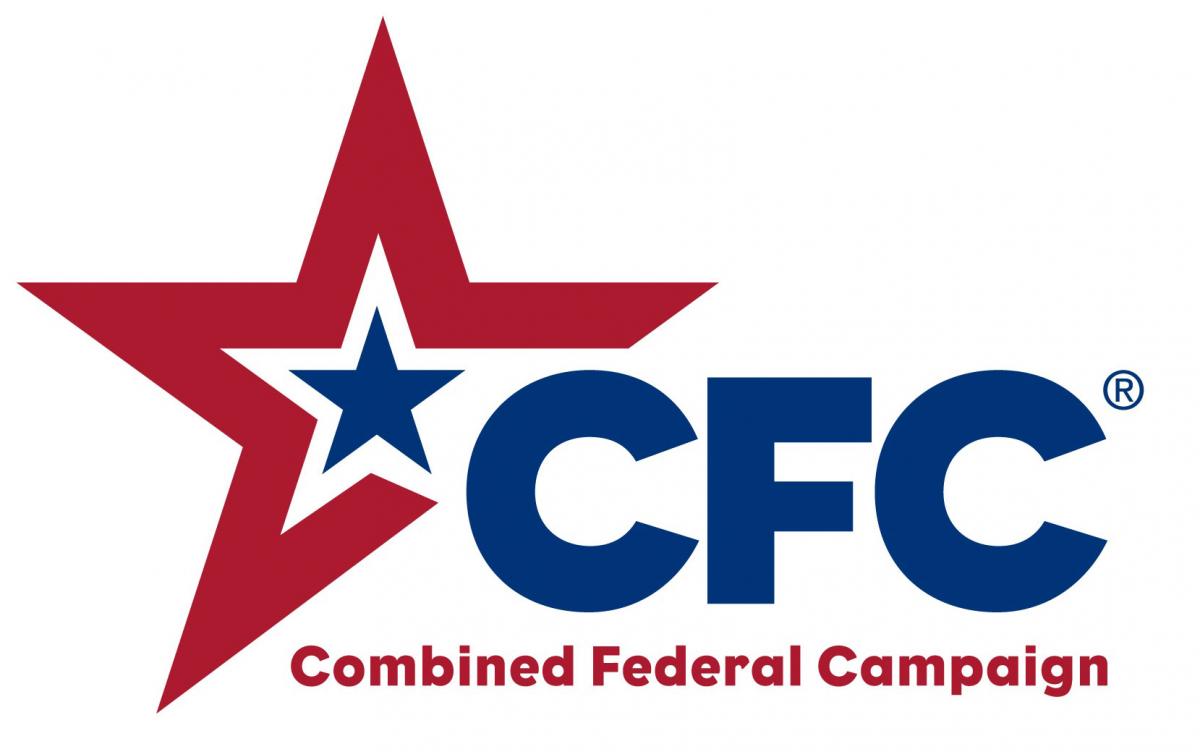The Immigrant Origins of Thanksgiving
Thanksgiving owes its popularity to two incidents in United States history: the Civil War and the immigration boom of the 1800s. President Lincoln urged Americans to celebrate Thanksgiving in the spirit of reconciliation while the war raged on, while the later rise in immigration inspired cultural leaders to offer Thanksgiving as an opportunity to welcome newcomers. Here are some of the ways immigrants have contributed to the holiday.
Pumpkin pie
It was the United States’ first immigrants who decided to combine this indigenous fruit (yes, pumpkin is a fruit) with a quintessential English invention: pie.
Bread
Do you know who owns your local bakery? Nearly 6 million workers in the United states are employed at immigrant-owned businesses, large and small.
Pecan pie
French immigrants were fascinated by the hard-shelled nuts introduced to them by Native Americans, eventually adding corn syrup, eggs and vanilla to create the “New Orleans Pie.”
Green bean casserole
Did you know that 73% of all farmworkers were born outside the United States?
Apple pie
The apples we enjoy aren’t indigenous to the United States. Cuttings were brought by immigrants. Now we make them into the most classic of American foods based on English and Dutch recipes—apple pie!
Turkey
Migrant workers employed in poultry plants put in eight to 10 hour days, almost seven days a week to make sure this hearty bird makes its way to your table.
Apple cider
Cider was brought to the United States by the English, but it actually originated in medieval France.
Cranberry sauce
Native Americans introduced English immigrants to smashed cranberries, a term which is actually derived from the German kranberee— showing us that language and food migrate as much as people!
Sweet potato casserole
North Carolina is the largest supplier of this root native to Central and South America. Despite increased demand, migrant farmworkers only paid one penny per pound of sweet potatoes picked.
Mashed potatoes
The first recipe for mashed potatoes was published in the United Kingdom in 1747. The book was so popular, even the founding fathers had a copy!
Stuffing
Europeans have been eating stuffing since the Roman Empire, which explains why we have a variety of recipes! German-American recipes favor dried fruit, while Italian-American recipes suggest adding sausage.
Tamales
The newest of Thanksgiving traditions, tamales have been eaten for millenniums in Latin America.
Share our Thanksgiving graphic!
Further reading:
- A short course on the history of 8 Thanksgiving foods (The Washington Post)
- The United States of Thanksgiving (The New York Times)
- The story behind the most classic Thanksgiving foods (Taste of Home)
- America cannot eat without immigrant food workers. These are their stories. (New Food Economy)
- Inside the life of an apple picker (NPR)
- The first Thanksgiving (The New York Times)





